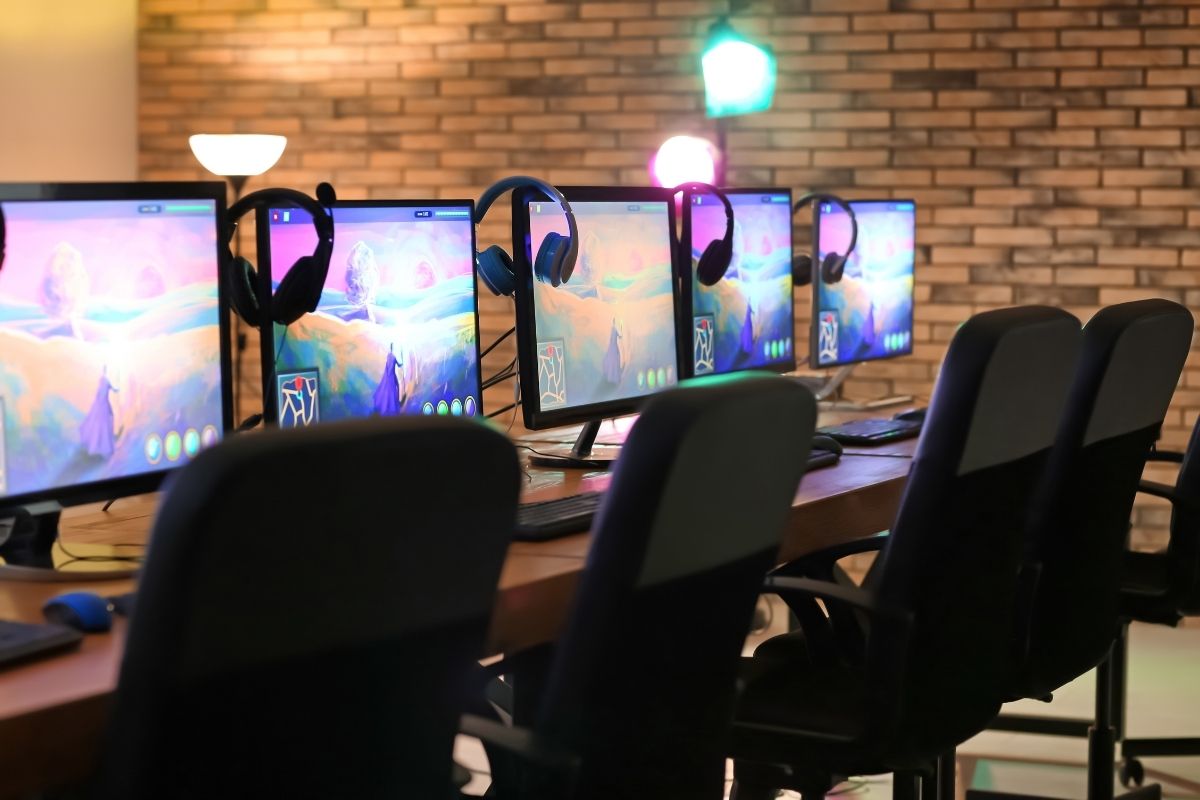Sports Insights: How Tech Changes the Game
One of the ways in which the sports industry and sports management have changed and will continue to change has to do with integration, this almost perfect storm, of three factors.
The first is new technology for data-capture devices. Now we can capture data in so many different ways: wearable technology, high-speed cameras, radar that can do much more than it could ever do before. That is one factor.
The second factor is high-speed data processing technology. We’ve seen computers get faster and faster year after year. We’ve seen microchips get smaller. Therefore, processing power has dramatically increased compared to what it was even 5 or 10 years ago.
The third piece is inexpensive cloud data storage. The fact that we can capture more data, that we can store this data very inexpensively in the cloud, and that we can process this data quickly has not only led to an increase in sports data and analytics, but it’s also been a major factor in the technology and innovation aspects of global sports.
Online Sports Management Education
While pursuing a sports management education, you’ll receive extensive training related to this topic. Advances with data and technology have changed the game, so to speak, because they’ve changed almost every way in which we manage, promote, value and interact with the sports people love.


